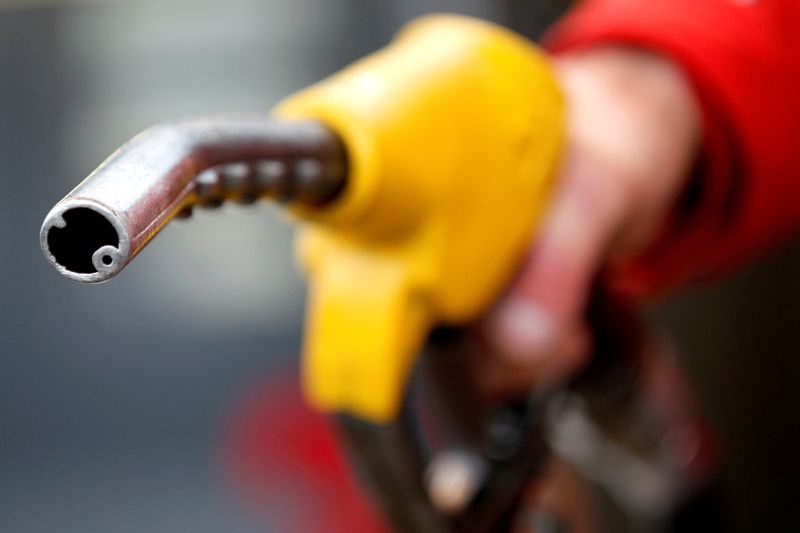Crude Tumbles as U.S. to Sell More Reserve Amid Worsening Economic Stats
2022.07.26 20:42

By Barani Krishnan
Investing.com — Crude oil gave up Tuesday’s early gains to trade as much as $1 down a barrel and below key $100 pricing after the Biden administration announced more sales from the national oil reserve to fight inflation at the pump amid weakening economic statistics pointing to the likelihood of recession.
New York-traded West Texas Intermediate, or WTI, crude for September delivery was down $1.03, or about 1%, to $95.67 per barrel by 1:00 PM ET (17:00 GMT).
London-traded Brent crude for October delivery was down 35 cents, or 0.4%, to $99.84.
WTI hit a session high of almost $99 and Brent above $102 before giving those back as the Energy Department and White House jointly announced that President Joe Biden had authorized the sale of a further 20 million barrels from the Strategic Petroleum Reserve by October, adding to the already scheduled release of 180 million barrels from the reserve.
The White House said it has released some 125 million barrels from the SPR since Biden began tapping the reserve in November to offset a global oil supply deficit and fuel price spike that heightened after Russia’s invasion of Ukraine in February.
“With these releases, the President has executed a drawdown of unprecedented size and scope to respond to the energy market disruptions posed by Russia’s invasion, and his actions are having an impact,” the White House said.
It said the price of gasoline at U.S. fuel pumps had fallen at 40 cents a gallon as a result. On Tuesday, the average gasoline price at U.S. pumps was at $4.32 a gallon from an all-time high of $5.01 in mid-May, the American Automobile Association said.
On the economic front, sales of new U.S. homes fell just over 8% in June from a month ago and were down double-digits from a year earlier, according to government data on Tuesday that reinforced the notion of a housing market weakening from surging mortgage rates and declining consumer confidence.
U.S. consumer confidence, meanwhile, fell for a third straight month in July as Americans’ fear of a recession grew from Federal Reserve rate hikes aimed at curbing inflation at 40-year highs.
The Fed has raised rates by 1.5% in three increases since March and is likely to hike rates by another 0.75% this week, with the option of three more revisions before the year-end. Despite such increases, inflation measured by the Consumer Price Index grew by 9.1% in the year to June, its highest in four decades. The central bank’s tolerance for inflation is a mere 2% per year.
“Concerns about inflation — rising gas and food prices, in particular — continued to weigh on consumers,” said Lynn Franco, senior director of economic indicators at The Conference Board, which groups public and private corporations that track and publish economic statistics.
“As the Fed raises interest rates to rein in inflation, purchasing intentions for cars, homes, and major appliances all pulled back further in July,” Franco said. “Looking ahead, inflation and additional rate hikes are likely to continue posing strong headwinds for consumer spending and economic growth over the next six months.”
The Fed left rates unchanged for two years after the outbreak of the coronavirus pandemic to allow for economic recovery. The trillions of dollars in aid dispensed to individual Americans and businesses during that stretch, however, resulted in a price growth explosion.
Now, economists say the central bank risks pushing the economy into a recession if it continues with its present trajectory of rate hikes. U.S. gross domestic product already declined 1.6% in the first quarter. A negative second quarter GDP is all that is needed to technically send the economy into a recession.








